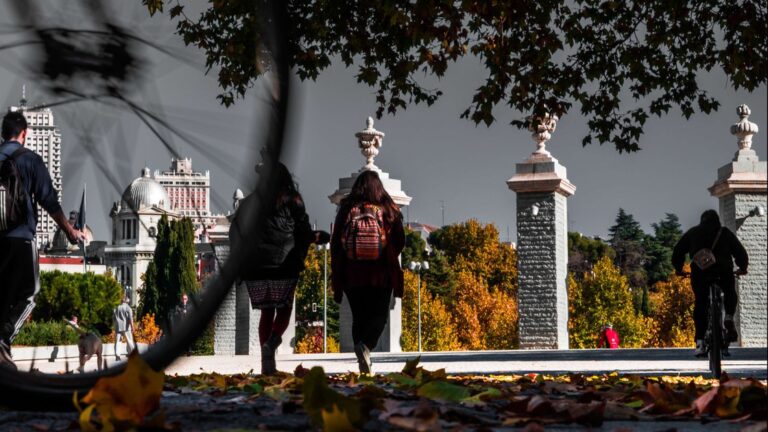According to the EEA’s manual ‘Who benefits from nature in cities?’, access to public green and blue spaces varies across Europe. Social inequalities in access to green and blue spaces in cities across Europe. The study found that cities in Europe’s north and west tend to have more green space than cities in southern and eastern Europe. This assessment examines socio-economic and demographic inequalities in access to green and blue spaces in European cities. It also includes examples of green spaces designed to meet the needs of vulnerable and disadvantaged groups.
The value of green space in cities
The potential of green spaces to improve our health and well-being is increasingly recognized in both science and policy fields. Accessible green space is especially important for children, seniors, and low-income people who have limited opportunities to interact with nature.
People use local green spaces for physical exercise, social interaction, relaxation and mental rejuvenation. Benefits range from reducing the risk of obesity in children to improving cardiovascular health in adults and lowering the incidence of depression. Parks, trees, and other green spaces improve air quality, reduce noise, moderate temperatures during hot months, and increase biodiversity in urban landscapes.
How green are European cities?
According to the latest available data, green infrastructure, including green and blue spaces such as community gardens, private gardens, parks, street trees, bodies of water and wetlands, accounts for an average of 42% of urban area in 38 EEA countries. . The city with the highest proportion of total green area (96%) is Cáceres, Spain, whose administrative area includes natural and semi-natural areas around the urban centre. The city with the least total green space, at just 7%, is Trnava in Slovakia.
Publicly accessible green space accounts for a relatively small proportion of total green space, estimated to be only 3% of a city’s total area on average. However, this varies from city to city, with cities such as Geneva (Switzerland), The Hague (Netherlands), and Pamplona/Iruña (Spain) having accessible green spaces occupying more than 15% of their urban area.
The latest data from the EEA Urban Tree Cover Viewer shows that cities in 38 EEA member and cooperating countries have an average urban tree cover of 30%, with cities in Finland and Norway having the highest tree cover. Cities in Cyprus and Iceland have been shown to have the highest proportions. And Marta was the worst.
Inequalities in access exist – policy and action emerge
Across Europe, low-income urban areas have less green space available than higher-income areas, and the difference is often driven by the housing market, making properties in greener areas more expensive. The World Health Organization recommends that everyone live within 300 meters of a green space, but less than half of Europe’s urban population does so. National and local guidelines vary across Europe, and guidance on how to equalize access across social groups is rare.
Case studies from across Europe show that targeted action to reduce inequalities in access to quality green space can maximize the health and wellbeing benefits of nature in cities. Involving local communities in the design and management of green spaces has been shown to help take into account their specific needs, foster a sense of ownership, and encourage use.

